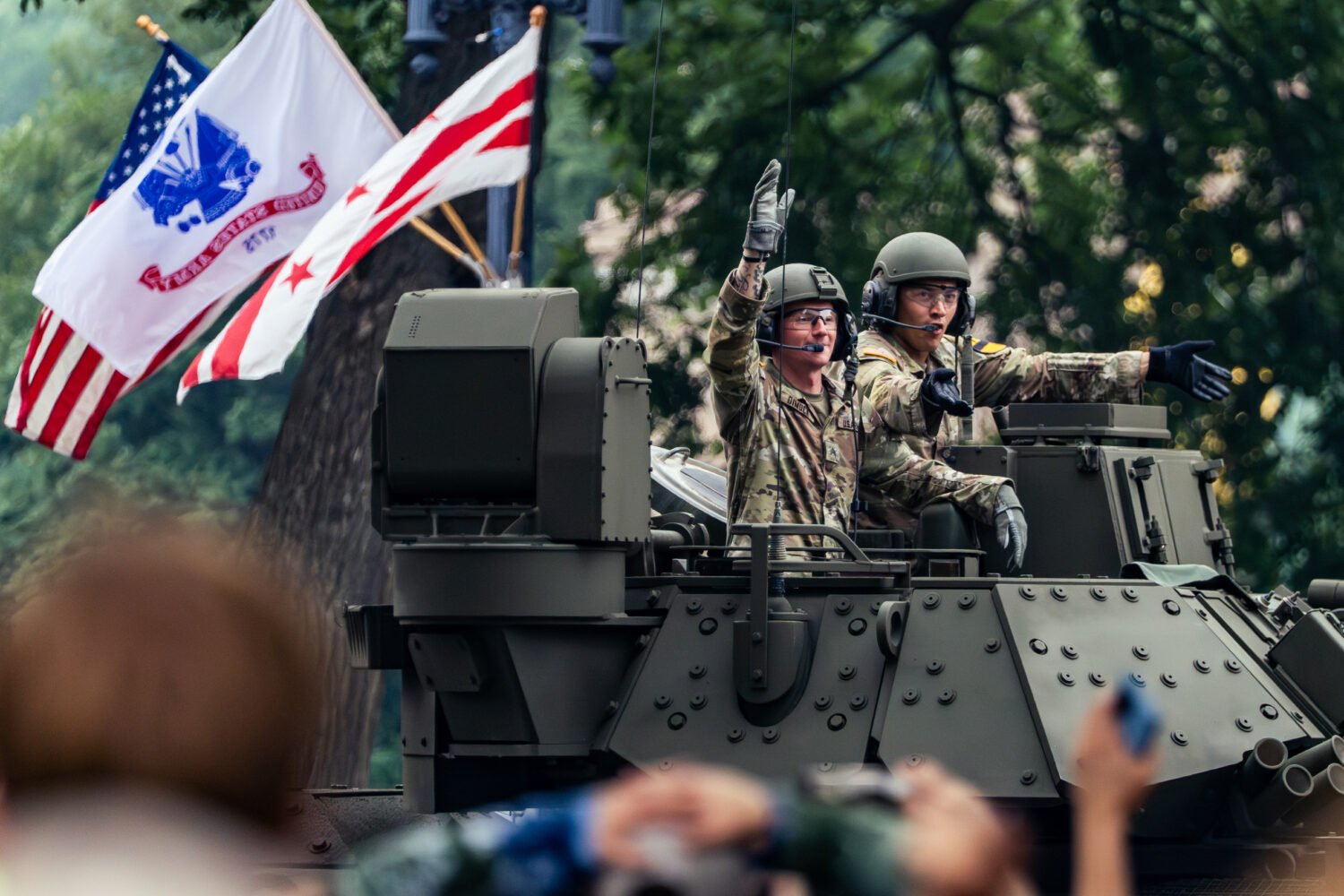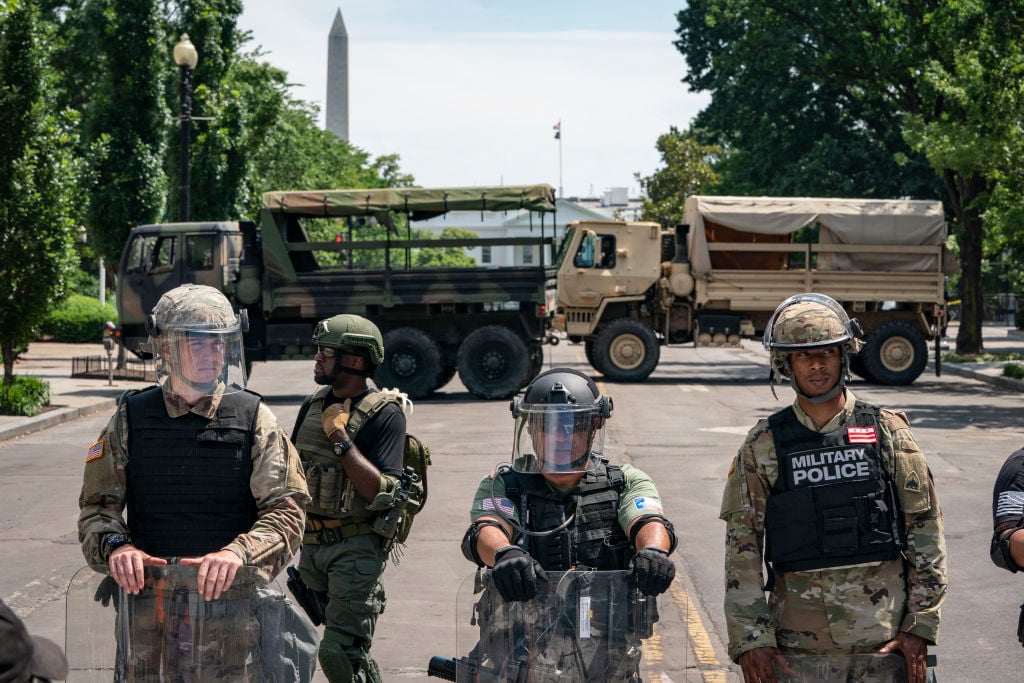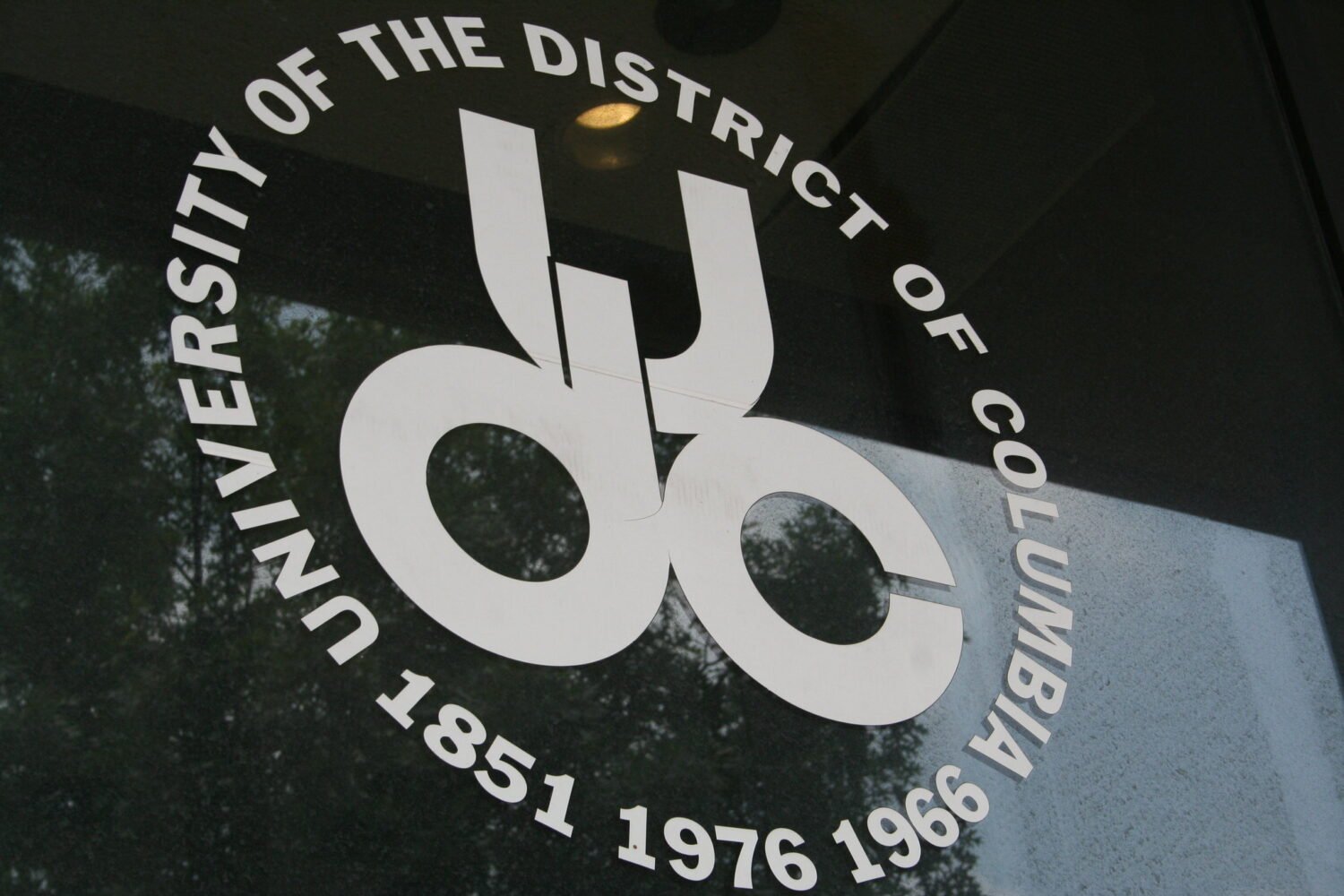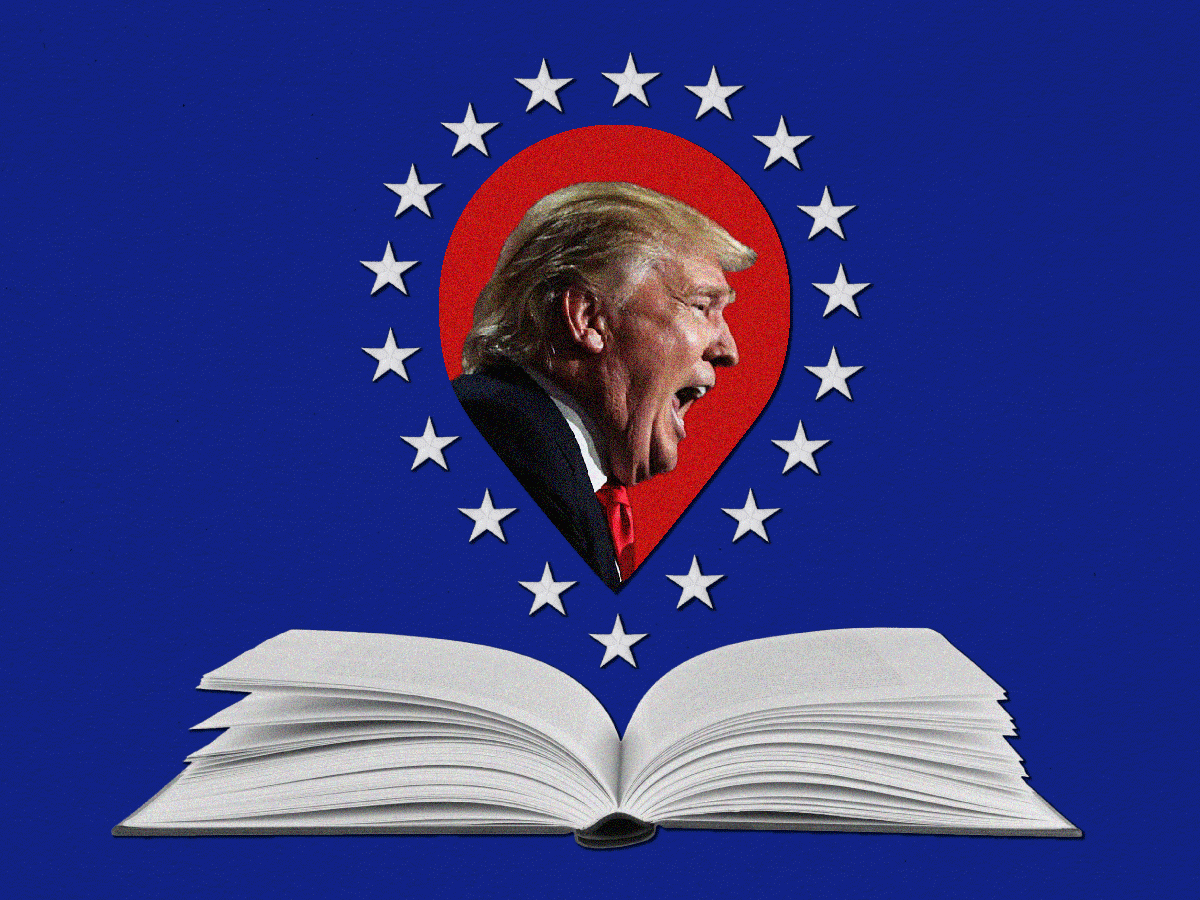Paul Wiedefeld has learned to expect surprises since he took over as general manager of Washington’s troubled transit system three years ago. Just look at the photograph on his wall that was taken when he met Donald Trump in March 2017. It was certainly an unusual experience: getting the out-of-the-blue call, hustling over to the White House, and sitting down with Mayor Muriel Bowser and the commander in chief to discuss—for reasons that were never quite clear—Metro’s preparations for a perfectly routine winter storm.
But while he’s learned to brace for the unexpected, Wiedefeld is doing his best to make Metro more predictable. He’s been willing to take the unpopular steps he feels are necessary to address Metro’s long-term problems, such as increasing fares to plug holes in the budget and cutting service to provide more time for track maintenance.
The results, so far, have been mixed. While service reliability has improved, ridership continues to decline. We sat down with Wiedefeld in his office at Metro’s headquarters to hear more about his efforts to right the system and plan for the future.
You started at WMATA during a particularly rough period for the agency, and it was clear the next leader would face all sorts of stress and scrutiny. I’ve always wondered: Why would anyone take that job?
I grew up in Baltimore during a very tough time for the city. We went through the riots; my dad was a firefighter. But then Mayor William Donald Schaefer came to Baltimore. He had this strong belief of trying to take this tired, tough city to a different place. Having grown up in this area, to me Metro was this shining example that the US could do it right. To see that deterioration was an appealing challenge. Plus I needed a job.
There’s been a lot of debate about Metro’s lack of late-night service. Shouldn’t a thriving city like Washington have a transit system that reflects the way people live?
Of course. I mean, that’s where we want to be. But we do have to recognize that we have a constrained system with its two tracks. New York City has four tracks [on each line, allowing trains to run while work is being done], so it’s not quite a fair comparison. Then you add the fact—I mean, it’s almost amazing—that for nearly 40 years Metro did not have an institutionalized preventive-maintenance program.
Then there’s the reality of what it takes to actually do the work. When service ends, you can’t just turn the Metro system off. It takes an hour and a half to two hours just to get the tracks clear of trains. So if you’re closing at midnight and opening at 5 am, you’re getting maybe two to three hours of real preventive maintenance work per night.
I would love to run the rails 24-7, but that’s probably not realistic given the physical nature of the system. So until we get this a little more under control, we’re recommending that we continue with the preventive maintenance.
But if you’re someone who’s working or going out late at night, it seems like Metro is saying, “Hey, you should just take an Uber.” If that’s the case, is it any wonder Metro is losing ridership?
We have to put it in perspective in terms of the volumes of people we move in those periods. If you recall, we used to do midday track work, which was a lot of single-tracking. It was very frustrating to tens and tens of thousands of people—and then, occasionally, it would bleed into the evening rush hour because you’re doing work and find something. So we’ve stopped that. If there’s an emergency, we do it, but otherwise we’re doing it at night.
So that’s some of the tradeoff we’ve got to do. We as an agency and we as a region have to recognize that what we’re really trying to be is part of a mobility equation. The world is changing around us, whether it’s the Ubers and Lyfts of the world, the scooters, the bikes, you name it.
We used to think of transit in this country, particularly in urban areas, as a utility. You really didn’t have many other choices. But we’re not in that world anymore—and that’s not a bad thing. Does it make sense to run a 120-mile system for literally a few thousand people [who are using it late at night]? Or does it make more sense to the taxpayers to figure out if there’s another way to deliver that same thing we want?
You mentioned the mobility equation. How should people in Washington think of Metro? Is it one piece of the equation or the whole thing?
Our goal is to be the mobility provider of choice. Meaning we won’t be all things to all people all the time, nor should we try to be. So obviously it’s got to be reliable—that’s the most important thing. But it also has to be clean. It’s got to be safe. It’s got to hit some of the things from the technology world, whether it’s wi-fi or things of that sort.
You don’t see Uber as a competitor?
No, I don’t. It’s no more a competitor than walking. It’s really our mindset that has to change. Sometimes using Metro just may not make sense. You know, if you’re out with a gang of four people and you’ve hit some bars or whatever, it may make more sense for you to jump in [an Uber] and go—and that’s fine. Other times it will make more sense to use Metro. You’re not going to move, for example, 10,000 people out of Capital One Arena with a bunch of Uber cars. It just doesn’t work.
You’re not going to move 10,000 people out of Capital One Arena with a bunch of Uber cars. It just doesn’t work
How are you preparing for future disruptions in transportation, such as driverless cars?
My personal viewpoint is that driverless cars are coming but the road system is still a limited-capacity infrastructure. The reality is you have a lot of cars moving around and they’re congesting everything. Driverless cars will have an impact, I’m sure. I’m not sure if that’s a positive or a negative yet, just because there is limited capacity on the roads.
But we’re starting to think about whether or not there are opportunities for us to be part of it. We have nine very large bus divisions and acres upon acres upon acres of garage and storage space. Where are these driverless cars going to be stored? Where are they going to be repaired? We own some of the biggest garages in the region.
What about ride-sharing services?
We think maybe there are avenues for us to work together. We could do things, for example, that make it more convenient for customers to access their ride-sharing vehicles after they get off the train. Airports are going through the same issue right now.
Meanwhile, ride-sharing services have different technology to collect money. They do it all right through your smartphone. Metro might be able do that, or maybe there’s some shared program turning your transit trip into your mobility trip. I want to go here, and on this leg of it I’m going to use [a ride-sharing service], and on this leg I’ll use [Metro]. But I paid once, and it was done.
Are you guys looking into that? Some type of partnership where they take you to the Metro?
Yes. Maybe you do three trips with them during the day and then come back home with us, and it’s all done seamlessly. We’re into heavy thinking—and we’re doing our own thinking on this. But as you develop your own plan, you start to think: What do people want? What people want is to do everything just on these phones they carry—let that be the one tool.
And the Ubers of the world are interested in this?
Oh, of course they are. Now, they’ve got other things that they’re interested in, too, just like we do. But it’s the future.
This article appears in the February 2019 issue of Washingtonian.

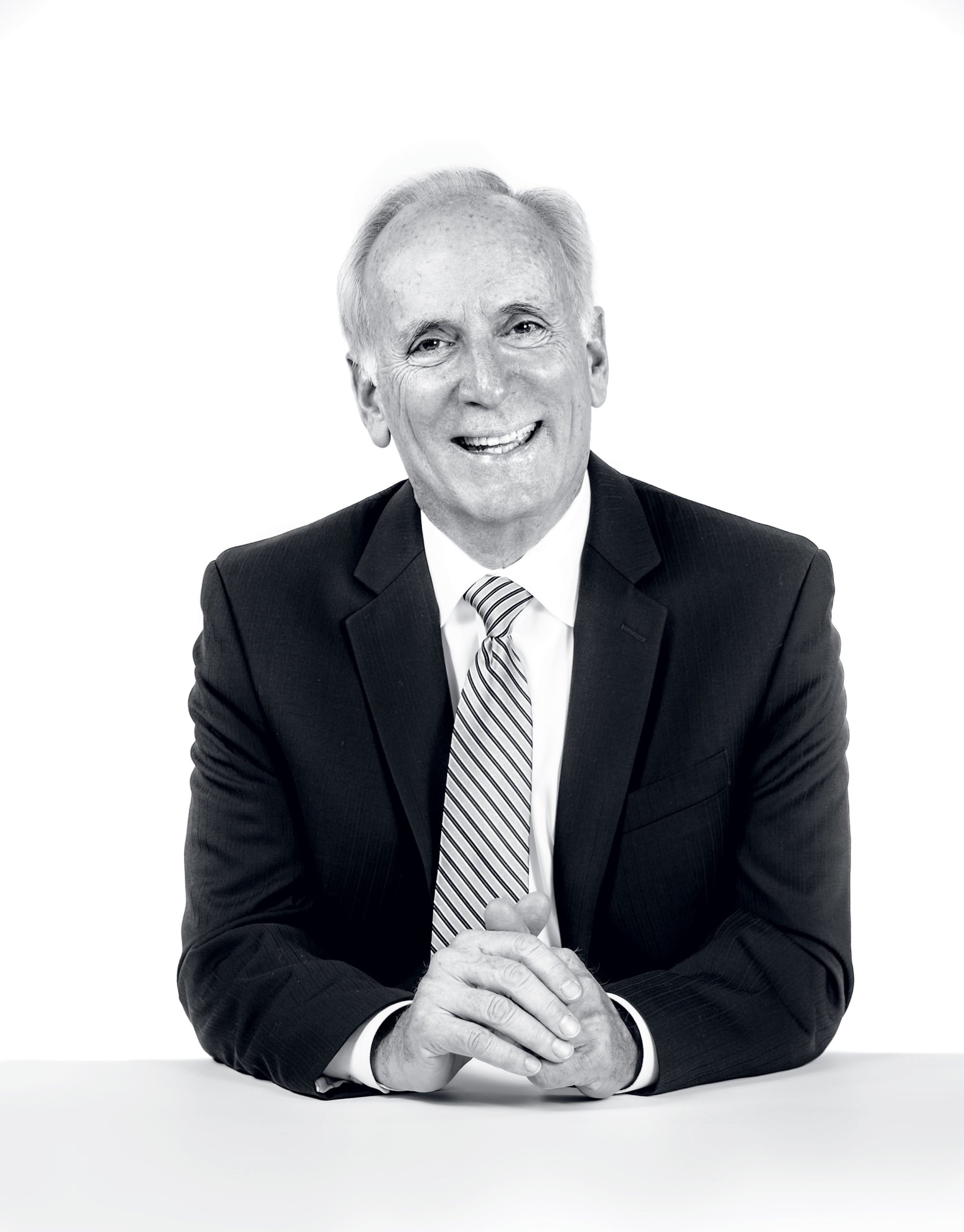
![Luke 008[2]-1 - Washingtonian](https://www.washingtonian.com/wp-content/uploads/2017/10/Luke-0082-1-e1509126354184.jpg)






